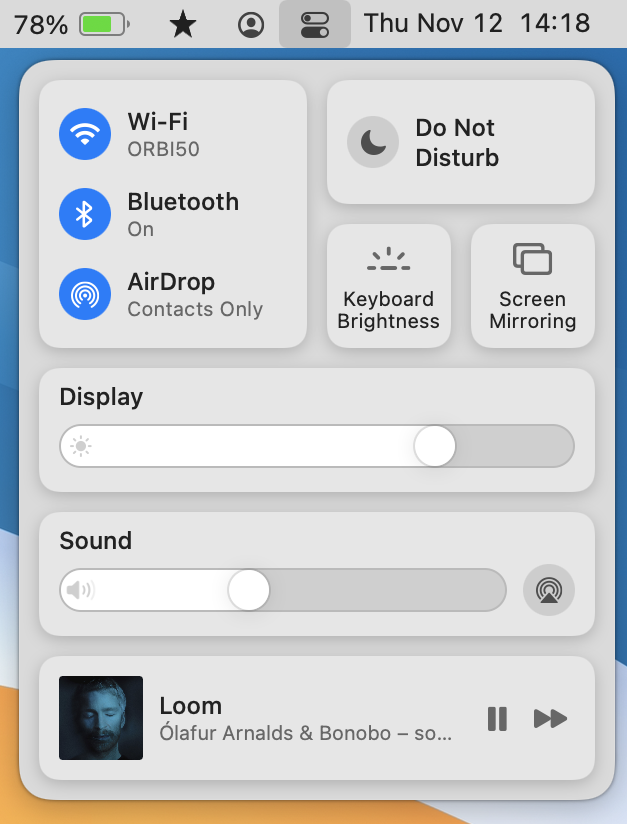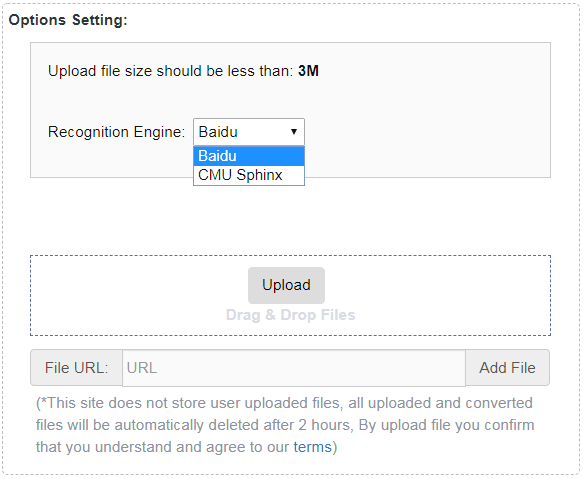

- #DROPBOX FOR MAC BIG SUR HOW TO#
- #DROPBOX FOR MAC BIG SUR MAC OS#
- #DROPBOX FOR MAC BIG SUR FULL#
- #DROPBOX FOR MAC BIG SUR PRO#
- #DROPBOX FOR MAC BIG SUR PASSWORD#
#DROPBOX FOR MAC BIG SUR MAC OS#

#DROPBOX FOR MAC BIG SUR PRO#
#DROPBOX FOR MAC BIG SUR HOW TO#

Step 2: Create a bootable drive of macOS CatalinaĮarlier than you downgrade your Mac and erase Huge Sur out of your pc, obtain macOS Catalina from the Mac App Retailer. Should you do not save these necessary recordsdata someplace off of your pc you’ll lose them. Use an exterior laborious drive or a cloud-based program like DropBox, OneDrive, or iCloud. Erasing a tough drive means erasing all the things. You additionally will not simply revert again to the earlier macOS with all the recordsdata and folders precisely the place you left them. Which means any recordsdata, applications, or paperwork you have been engaged on may even be erased in the event you do not again them up first. This course of to downgrade your Mac will erase macOS Huge Sur out of your laborious drive fully. Tick the field to Enable booting from exterior media.
#DROPBOX FOR MAC BIG SUR PASSWORD#
Be sure you know the proper password to entry the Startup Safety Utility earlier than you start. That is totally different out of your administrative password and your Apple ID. Just like when you enabled the first Terminal command, all of your Finder windows will briefly quit and then Finder will relaunch, this time displaying only the active directory in the title bar.Notice: You will want the firmware password you used to allow the Startup Safety Utility. If you want to turn it off and revert to showing just the active directory in the Finder title bar, head back to Terminal and use this command instead: defaults write _FXShowPosixPathInTitle -bool false killall Finder
#DROPBOX FOR MAC BIG SUR FULL#
It’s only when you see the full path in the Finder title bar that you realize that you’ll need to specify the “Volumes” directory first.ĭespite its usefulness, having the full path displayed in the Finder title bar can be a bit cluttered, especially for longer and more complicated paths. This can come in handy when navigating unfamiliar directories or systems, or if you’re new to Unix-based operating systems.įor example, if you wanted to build or modify a Terminal command based on the path in our first example above, you might logically enter /Data/Dropbox/TekRevue/Articles, because that’s what is shown in the Finder path bar.

More importantly, however, this method displays the full Unix path, including root directories like Volumes that are not displayed in the standard Finder path bar.


 0 kommentar(er)
0 kommentar(er)
